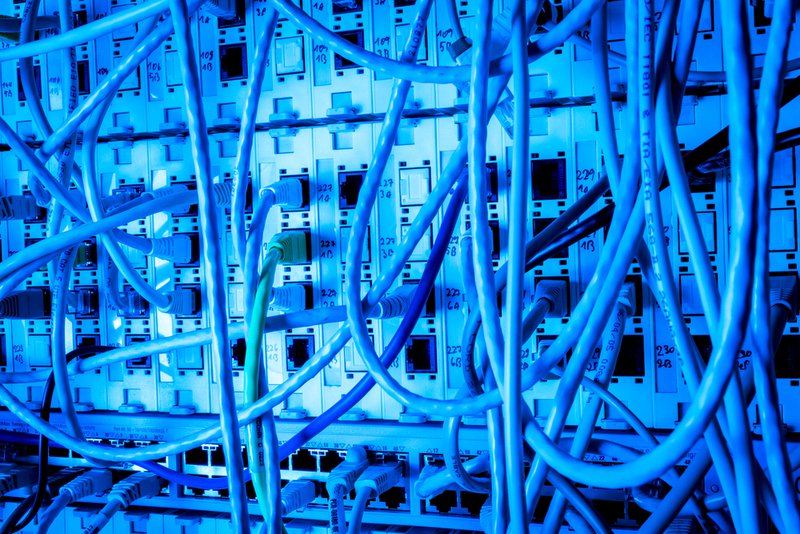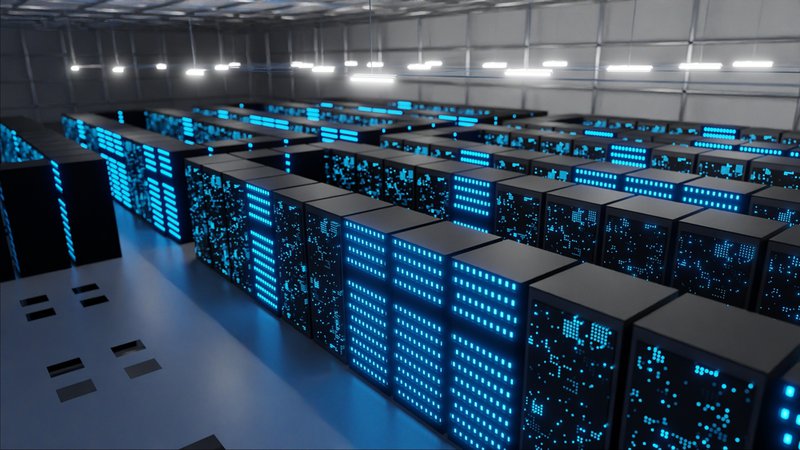As the world economy evolves, innovative liquid cooling technology continues to find new uses. This technology immerses hot objects like data center servers or electric vehicle batteries in a fluid. The liquid then draws away heat far more effectively than previous technologies, bringing significant cost savings and environmental benefits.
These advantages mean the technology is seeing rapid adoption. In fact, liquid cooling is expected to reach a $12.99 billion market share by the end of the decade.
Now’s the time to embrace liquid immersion cooling. Many businesses have already deployed the technology and watched it streamline their operations. This is especially true at data centers, which become much simpler and more profitable after switching.

Enhancing Efficiency and Performance Across Diverse Sectors
Liquid cooling is a flexible technology with applications in many industries. Specifically, we see five opportunities for the technology:
- Data Centers
- High-Performance Computing
- Electric Vehicles
- Manufacturing Technology
- 5G Infrastructure
In each of these fields, the new cooling solutions are lowering costs while increasing performance and environmental sustainability. As the highly efficient process moves heat to a safe place, companies can then reuse the excess heat for other profitable ends.
1. Liquid Cooling in Data Centers
Data center cooling is the prime example of how liquid immersion cooling improves performance. For years, data centers have struggled against growing costs and waste with conventional air cooling. But now, IT hardware has also become more powerful. It’s reaching levels where air cooling just can’t keep up.
Liquid cooling neatly solves this problem by delivering more capable cooling at a fraction of the cost. For instance, liquid-cooled racks support high-density server installations, drastically reducing the facility’s use of resources like electricity and adjunct infrastructure such as generators.
For providing these benefits, liquid cooling is seen as the hot trend in data centers. The major players in hardware manufacturing, cloud and data center operations, and online services are investing heavily in the technology. In fact, more of the industry goes green with liquid-cooled solutions each year.
What’s more, liquid-cooled data centers are the most practical type in the global economy. The racks’ increased efficiency boosts performance for websites, social media, and other activities running in data centers.
2. Liquid Cooling in High-Performance Computing
High-performance computing (HPC) is an important category of IT that involves extremely dense and powerful installations. Liquid immersion cooling ideally matches these needs because it supports much higher densities and processing power than air cooling. As a result, HPC has been one of the earliest and biggest adopters of the technology.
HPC runs computers to the max, producing more heat than air can handle. But liquid enhances efficiency and performance by providing better heat dissipation. This advantage lets HPC users overclock processors and optimize physical space use.
Green Revolution Cooling’s (GRC) liquid immersion cooling systems already support many of the leading HPC setups, including the world’s most efficient supercomputer. Other success stories include the Texas Advanced Computing Center’s supercomputer and the Vienna Scientific Cluster supercomputer.
Edge computing also faces intense heat management challenges. The edge comprises those places where hardware is installed far from the data center, nearer to the end user. For example, a telecom edge facility may be located in a small structure exposed to the elements. For these deployments, too, liquid cooling handles the heat while protecting servers.

3. Liquid Cooling in EV Batteries
Electric vehicles (EVs) rely on dense and powerful batteries. And as with computers, these batteries become hot and need efficient cooling. In fact, overheating batteries can catch fire and thus, pose a growing safety concern.
Thermal management in EV batteries is the practice of controlling temperatures. By keeping them low enough, you can prevent risks while increasing battery life and performance. So, vehicles will travel faster and farther. Efficiently cooled batteries can also deliver rapid-charging abilities.
As with data centers, liquid cooling is considered the future of EV batteries. Early electric vehicles used air cooling and suffered from poor performance, slow charging, and many broken warranties. Since then, the industry has adopted increasingly capable liquid cooling, leading up to today’s immersion technology.
Working on the same principle as GRC’s data center cooling, this technology improves safety and performance by orders of magnitude. Immersion-cooled batteries have many potential uses, such as balancing electric grids that rely on renewable resources.
4. Liquid Cooling in Manufacturing Technology
Manufacturing the products on which we as a society depend is a heat-intensive process. For instance, machine tools produce a lot of heat, as do lasers and power electronics. But liquid immersion cooling can substantially improve the performance and efficiency of the manufacturing sector by removing excess heat.
Liquid cools equipment and the material it works with. Heat from the industrial process goes into the liquid in a fast and safe transfer. As with data centers and other use cases, liquid cooling is much more effective than air cooling.
In addition, manufacturing and other industries must contend with environmental regulations. These regulations limit resource use and pollution. Employing liquid immersion cooling to make processes more efficient is a key way to improve the environment and comply with the law.
5. Liquid Cooling in 5G Infrastructure
The new 5G standard for mobile data is already revolutionizing how people communicate. Larger channels mean faster data uploads and downloads. In addition, the latency for response times needed by applications is drastically reduced. And given the growing demand for more smart devices, 5G enables more of these devices than ever to connect to the internet at the same time.
However, 5G also brings heat challenges. This technology relies on high-density equipment like multi-element antennas. Plus, the increased power required generates a significant amount of heat.
Liquid immersion cooling improves the reliability and efficiency of 5G infrastructure while bringing down costs. Not only is the equipment compact, but this more efficient cooling technology can reduce power consumption by 40%.
Grab These Cooling Opportunities With GRC
Liquid immersion cooling is the most efficient way to handle the heat from the devices driving our modern economy. This technology brings both speed and safety to data centers and high-performance computers. The same fundamental approach also improves the quality of EV batteries, manufacturing equipment, and 5G infrastructure.
GRC is the leading provider of liquid immersion cooling solutions for servers. Data centers and supercomputers globally are already making the upgrade. Now, you can enjoy the same incredible benefits: cost, performance, reliability, and sustainability. Contact us today to get started.





